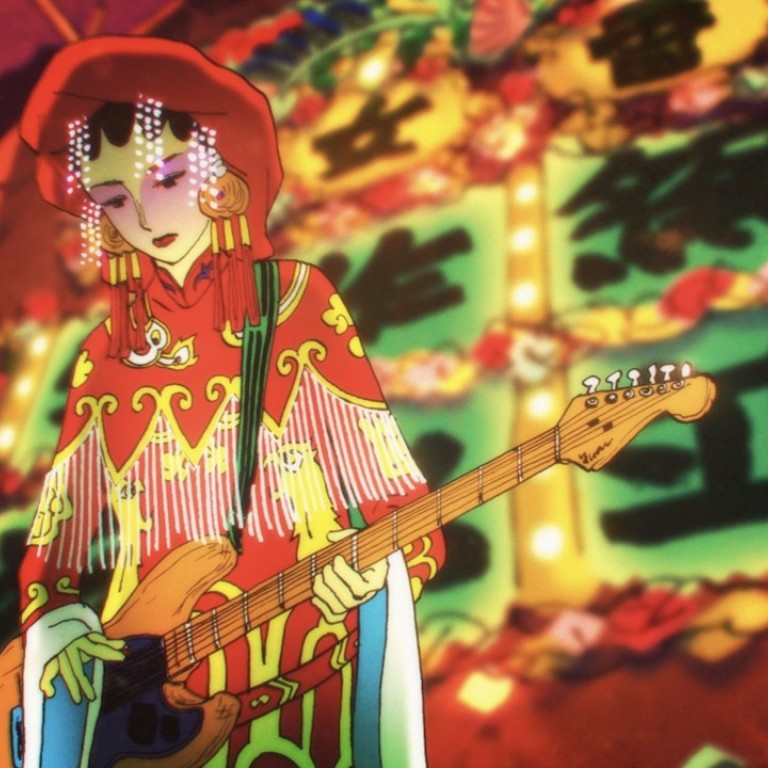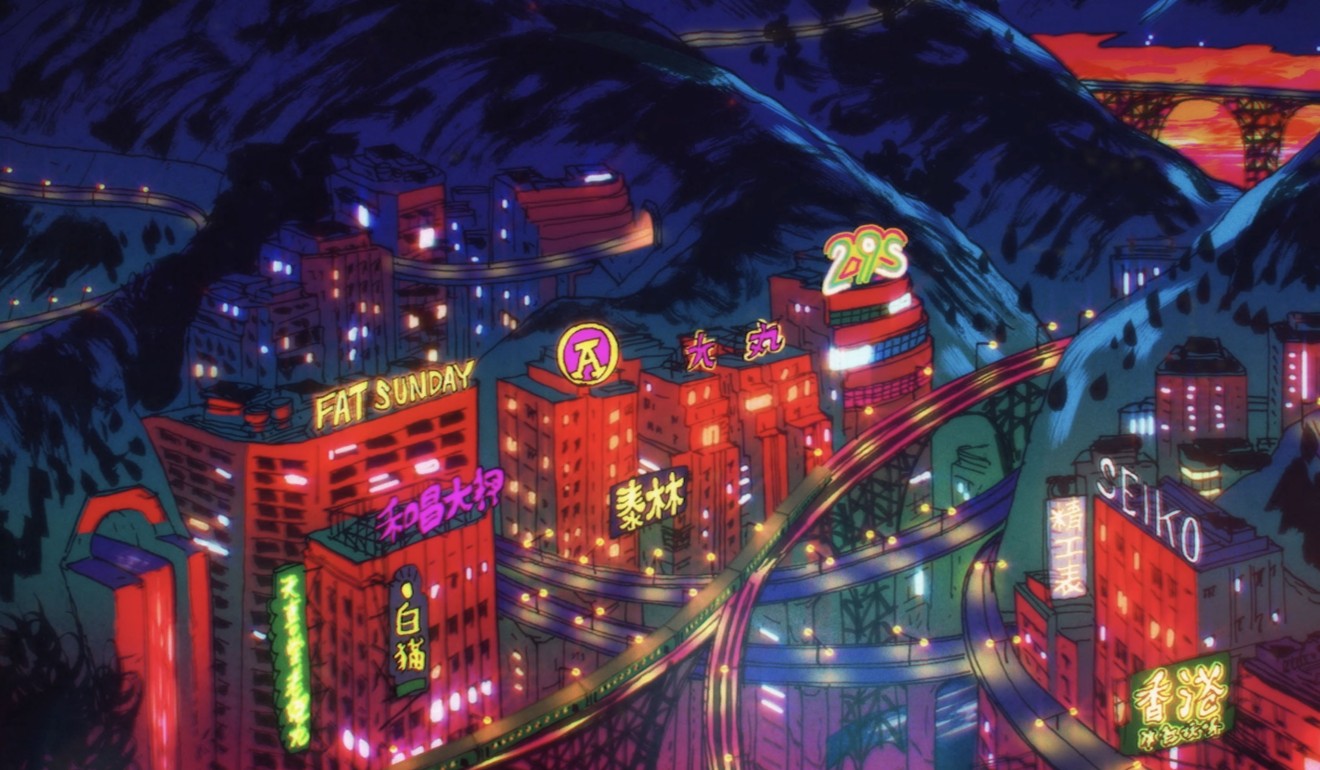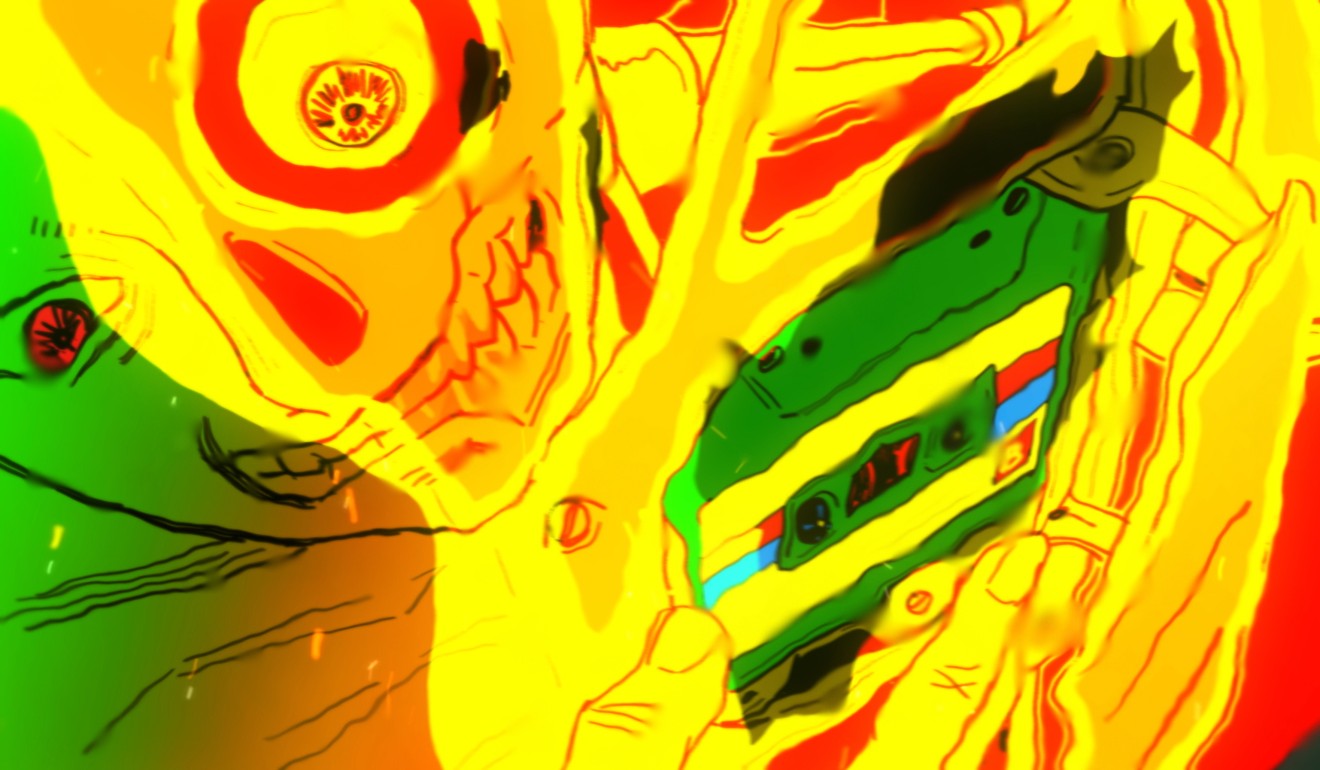
Comic artist Kong Kee crowdfunds a cyberpunk anime; will it be the science fiction film Hong Kong deserves?
Hong Kong has been used as a setting for cyberpunk films but does not have any to call its own. A comic artist hopes to change that with Dragon’s Delusion, an anime tale of emperors and cyborgs set in 1960s Hong Kong
From Blade Runner (1982) to Ghost in the Shell (1995), makers of science fiction films like to model their cityscapes after Hong Kong because of its unique urban landscape: a densely packed, constantly evolving city, where old meets new and cultures clash – making it the perfect setting for cyberpunk tales.
Finally, however, Hong Kong may have its own cyberpunk movie: Dragon’s Delusion. The wildly imaginative tale is the brainchild of local comic artist Kong Kee, who is working with two directors, Lee Kwok-wai and Tsui Ka-hei, to bring it to the silver screen.
Meet the animator of Have a Nice Day who is bringing his lurid vision of China to the world
Most Chinese people are familiar with the stories of Qu Yuan and Qin Shi Huang. The former, a patriotic poet from ancient China’s Warring States Period (475-221BC), was exiled and eventually committed suicide by jumping into a river. The latter conquered all the country’s states and was the first emperor to unify China.
But the two historical figures take on new life in Kong’s sci-fi animation project, which is set not in the future, but in 1960s Hong Kong.
In the story, Qin, who was historically well-known for his obsession with finding the elixir of life, holds the key to immortality: he has created cyborgs, which allow him to continue to rule as emperor forever. Qu finds himself trapped in the body of one of these robots, Mr. D, and asking the question: what does it mean to be human?
The two characters are juxtaposed to bring out the theme of death, Kong says. While one desperately tries to avoid it, the other welcomes it as a way to end his misery.

Placing historical figures from the Warring States Period in 1960s Hong Kong was a carefully thought-through decision: it was a chaotic period in ancient China where states battled one another, not unlike how conflicting ideologies such as communism and colonialism clashed in Hong Kong during the 1960s.
After pondering over what the afterlife would look like, Kong used heavily saturated neon shades to form the film’s striking colour palette, based on the colours of Chinese paper offerings (effigies burnt as gifts for the deceased). “If we can sufficiently put all these elements in the film, then we can really create a world for people to immerse themselves in,” he says.

In the hope that the film can stand out even in the global market, Kong has given the animation a very distinctive style – not just in terms of visuals but also in its presentation, storytelling and characters. It is a lesson he learned by watching European animations.
“Japanese and Hollywood animations dominate the industry. But you can still see works from Europe,” Kong says, naming French comic writer Sylvain Chomet’s The Illusionist (2010), and The Red Turtle (2016) directed by Dutch animator Michaël Dudok de Wit, as prime examples.
“The scale of their productions may not be as large, but when you compare them with their Japanese and American counterparts, they are not any less brilliant. If we cannot create a stand-alone style, we cannot go very far.”

Whether the film can actually be produced or not depends on whether Kong and his directors can raise sufficient funds. Their fundraising campaign on Kickstarter ends at noon this Sunday and the trio have raised HK$2 million so far – still HK$6 million short of their overall goal of HK$8 million.

The rewards offered to backers reflect the team’s desire to make the production process a collaborative effort and get input from its potential audience. Backers who pledge HK$5,000 earn the opportunity to join production meetings with the directors, while those contributing HK$75,000 can add their own characters into the film.

The team has completed some short trailers, and a 10-minute feature will be released in September next year. The full-length feature, however, will need more time.
“If we succeed, we can make a statement about the future of Hong Kong’s animation industry and open a new way for it,” Kong says. “But first, we have to complete it.”

How film about Occupy and 1967 Hong Kong riots almost wasn’t made
Want more articles like this? Follow SCMP Film on Facebook

